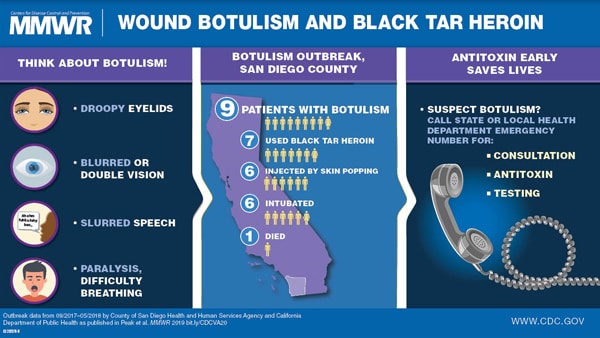To achieve the vision of the 2030 Sustainable Development Goals – to leave no one behind – it is imperative that the health rights and needs of migrants be adequately addressed in the Global Compact for Safe, Orderly and Regular Migration (GCM). Despite health being a prerequisite for sustainable development, health is missing from the six thematic sessions of the modalities for development of the GCM, as well as from the 24 elements contained in Annex II of the New York Declaration for Refugees and Migrants. To address this, in its 140th session in January 2017, the WHO Executive Board requested that its Secretariat develop a framework of priorities and guiding principles to promote the health of refugees and migrants.

In May 2017, the World Health Assembly endorsed resolution 70.15 on ‘Promoting the health of refugees and migrants’. The resolution encourages Member States to use the Framework of priorities and guiding principles to promote the health of refugees and migrants at all levels and to ensure that health is adequately addressed both in the Global Compact for Refugees (GCR) and the GCM.
Based on the Framework, to further provide health resources for the development of the draft GCM, WHO in close cooperation with IOM, ILO, OHCHR, UNAIDS, and other stakeholders, developed the Proposed Health Component in the Global Compact for Safe, Orderly and Regular Migration. The document proposes eight actionable commitments and the means of implementation.





